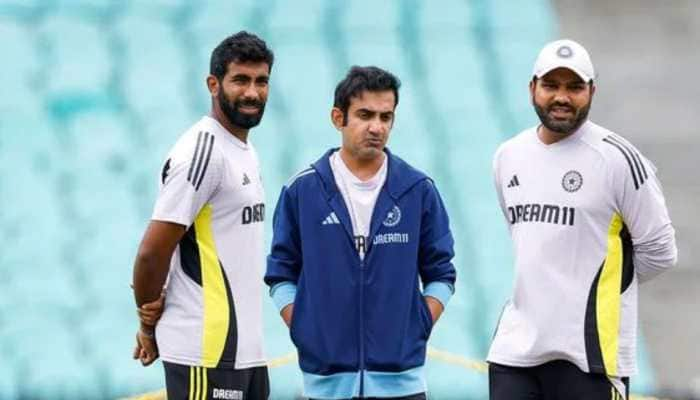Independence Day 2022: The evolution of the Indian national flag
India is celebrating its 76th Independence day today, August 15, 2022, scroll down to know about the evoultion of Indian Flag.
- India is celebrating its 76th Independence day
- Our proud Nation is celebrating `Azadi ka Amrit Mahotsav`
- Students must know about the history of the Indian National Flag
Trending Photos
) Image Source: PTI
Image Source: PTI Independence Day 2022: India is celebrating its 76th Independence day today, August 15, 2022. The day is celebrated across the country to pay tribute to millions of freedom fighters who laid their lives to fulfill the dream of 'Purna Swaraj.' Today our proud Nation is celebrating `Azadi ka Amrit Mahotsav`, marking the 75 years of Independence as a result of the continuous and consistent struggle of our freedom fighters who left us with a free country. Since various activities and programs are being organised across the country to celebrate to mark this momentous occasion, Students must know about the history ofthe Indian National Flag.
Evolution of the Indian Flag

In India, the first flag was hoisted on August 7, 1906, in Calcutta. At that time, the flag flaunted only three horizontal stripes of red, yellow and green, with Vande Mataram written in the middle. Believed to have been designed by freedom activists Sachindra Prasad Bose and Hemchandra Kanungo, the red strip on the flag had a sun and a crescent moon, and the green strip had eight half-open lotuses.

The second flag was hoisted in Paris by Madame Cama and her band of exiled revolutionaries in 1907. Similar to the first flag, the modification in the second flag was that the top strip had only seven stars denoting the Saptarishi. This flag was also exhibited at a socialist conference in Berlin.

Dr Annie Besant and Lokmanya Tilak hoisted the third flag during the Home rule movement. This flag had five red and four green horizontal strips arranged alternately, with seven stars in the saptarishi configuration. The flag had a star and a crescent that occupied one corner of the flag while the other was taken by Union Jack.

Arguably, understanding the need for a national flag, Gandhi, in 1921 asked Pengali Venkayya to design a flag, with the symbol of the charka or the spinning wheel. The flag as we know it today is largely attributed to Venkayya.

During the session of the All India Congress Committee which met at Vijaywada in 1921, Venkayya presented this flag, which was made of two colours: red and green, representing the two major communities i.e. Hindus and Muslims. To this, Gandhi apparently suggested the addition of a white strip to represent the remaining communities of India.

Some modifications later, the national flag was adopted in 1931. Red was replaced with saffron and the white strip moved to the middle. The center of the flag had the spinning wheel or charka. The national flag of independent India was largely similar to the one in 1931 with the exception of the Ashok chakra replacing the charka or spinning wheel. In the tricolour, The saffron on top symbolises courage, the white symbolises peace and the green stands for the auspiciousness of the land. The dharma chakra at the centre stands for movement and growth, with the 24 spokes symbolising 24 virtues.
Stay informed on all the latest news, real-time breaking news updates, and follow all the important headlines in india news and world News on Zee News.
Live Tv







)
)
)
)
)
)
)
)
)
)
